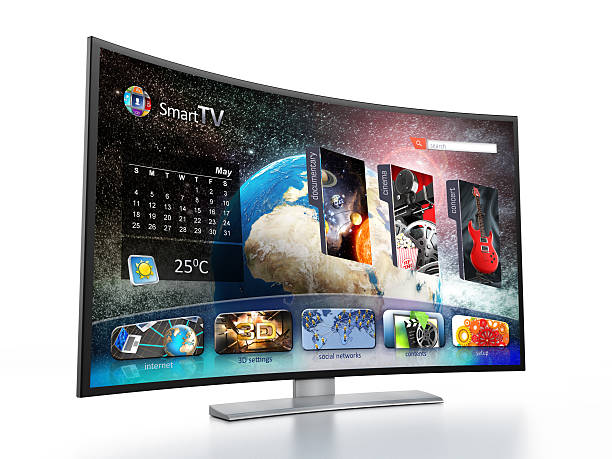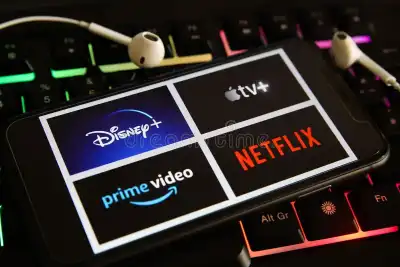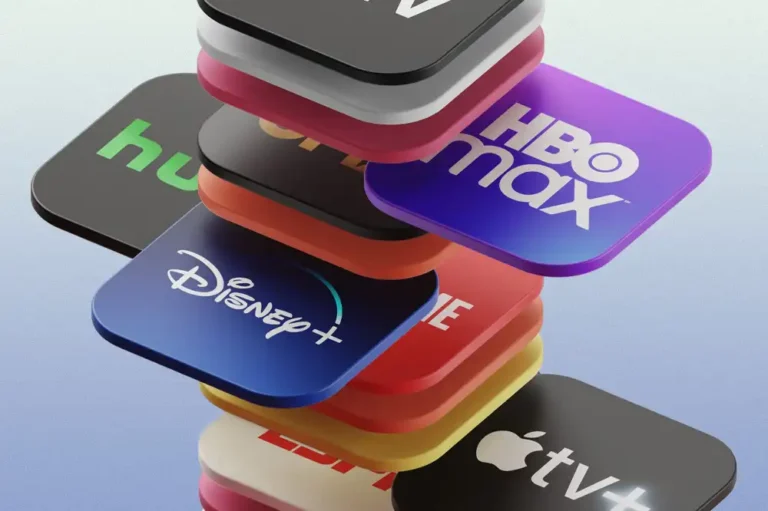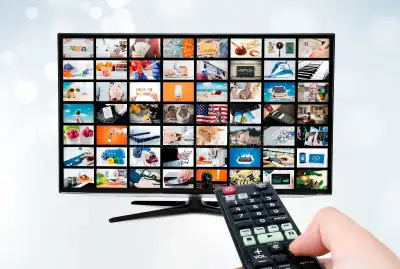Not too long ago, televisions were basic devices used mainly for watching cable channels or DVDs. Today, however, Smart TVs dominate the living room. With built-in internet access and a variety of popular streaming apps like Netflix, Amazon Prime Video, and YouTube, Smart TVs have completely changed how we watch content.
If you’re upgrading from an older model or purchasing your very first Smart TV, this guide will help you understand the essentials—from how they work to their features, advantages, and important things to consider before buying.
What Exactly Is a Smart TV?
A Smart TV is essentially a TV that connects to the internet and runs on an integrated operating system, allowing users to download and run apps directly from the screen. Think of it as a traditional television merged with a streaming device like Roku, Apple TV, or Fire Stick—all in one package.
Smart TVs typically come with preloaded apps for streaming videos, music, browsing the web, using social media, and even gaming. Some models also offer voice control, screen sharing, and smart home connectivity.
Top Features Found in Smart TVs
Smart TVs offer a wide range of features that enhance both convenience and viewing experience:
1. Internet Connectivity
Whether through Wi-Fi or Ethernet, Smart TVs must be online to stream content and receive updates. A strong, stable internet connection ensures smooth performance.
2. Access to Streaming Services
These TVs come equipped with popular streaming apps like Netflix, Disney+, Hulu, Prime Video, and YouTube. Many also support app stores for downloading additional services.
3. Voice Assistant Integration
Many models support voice control via assistants such as Alexa, Google Assistant, or proprietary platforms, letting users change channels, search for content, or control smart home gadgets hands-free.
4. Screen Sharing & Casting
Want to show photos or videos from your phone on a bigger screen? Technologies like Chromecast, AirPlay, or Miracast enable you to wirelessly cast content from mobile devices to your TV.
5. Operating System Variations
Smart TVs run on different platforms depending on the brand:
-
webOS (LG)
-
Tizen OS (Samsung)
-
Android TV / Google TV (Sony, TCL, Hisense)
-
Roku TV (TCL, Hisense)
-
Fire TV OS (Amazon-powered TVs)
Each system offers a different interface and app compatibility, which can affect usability.
Why Choose a Smart TV?
1. Centralized Entertainment
Smart TVs eliminate the need for extra devices by offering streaming, gaming, and media apps all in one place.
2. Ongoing Software Improvements
Manufacturers roll out updates that fix bugs, improve performance, and add features—keeping your TV up-to-date and functioning well over time.
3. Seamless Smart Home Integration
Some models can connect with other smart devices in your home, allowing you to check cameras, control lights, and manage appliances from your TV.
4. Superior Picture & Sound
Modern Smart TVs often include advanced technology like 4K or even 8K resolution, HDR support, and immersive audio systems such as Dolby Atmos.
What to Consider When Shopping for a Smart TV
1. Screen Size & Resolution
-
Size: Choose based on room size and how far you’ll sit from the screen. A 55″ or 65″ TV works well for most spaces.
-
Resolution: 4K resolution is now the standard for most Smart TVs, although 1080p still works for smaller or secondary screens.
2. Image Quality Features
Pay attention to HDR capabilities, refresh rate (such as 60Hz or 120Hz), and contrast ratio for more vibrant and fluid visuals.
3. Smart OS & App Selection
Make sure the TV’s operating system supports your favorite apps. Some platforms offer more choices and smoother navigation than others.
4. Connectivity Options
Ensure the TV has enough HDMI ports (at least three is recommended), USB inputs, Bluetooth, and possibly optical audio for sound system compatibility.
5. Brand Reliability & Warranty
Choose well-established brands like Samsung, LG, Sony, TCL, or Hisense. Also, verify what the warranty covers, especially for the screen and internal components.
Smart TV vs. Standard TV with Streaming Stick
You might be asking: should I buy a Smart TV or stick with a regular TV and use a separate streaming device?
While both options can deliver a solid streaming experience, Smart TVs offer convenience by integrating everything into one unit. However, external devices like Roku or Fire Stick may receive more frequent software updates and better app support.
If you already have a high-quality TV, adding a streaming stick might be a more affordable upgrade. But for a new purchase, going for a Smart TV with a robust OS is the smarter choice.
Possible Downsides of Smart TVs
Despite their advantages, Smart TVs do come with some limitations:
-
Performance May Degrade Over Time: Lower-end models can become sluggish as they age or if they receive too many updates.
-
Privacy Issues: These TVs often collect viewing habits and usage data. Be sure to review and adjust privacy settings.
-
Limited Update Lifespan: Some manufacturers stop updating software after a few years, which could affect app functionality.
Conclusion: Is a Smart TV Right for You?
Smart TVs have modernized home entertainment by offering convenient access to a world of content, apps, and services. With a variety of models available to fit different needs and budgets, there’s a Smart TV out there for almost every household.
Before making a purchase, compare features, check OS support, and evaluate long-term software updates. A well-chosen Smart TV will deliver excellent picture quality, smooth navigation, and hassle-free access to your favorite streaming platforms.
Looking to simplify your entertainment setup? Investing in a Smart TV might be one of the best tech decisions you make this year.






